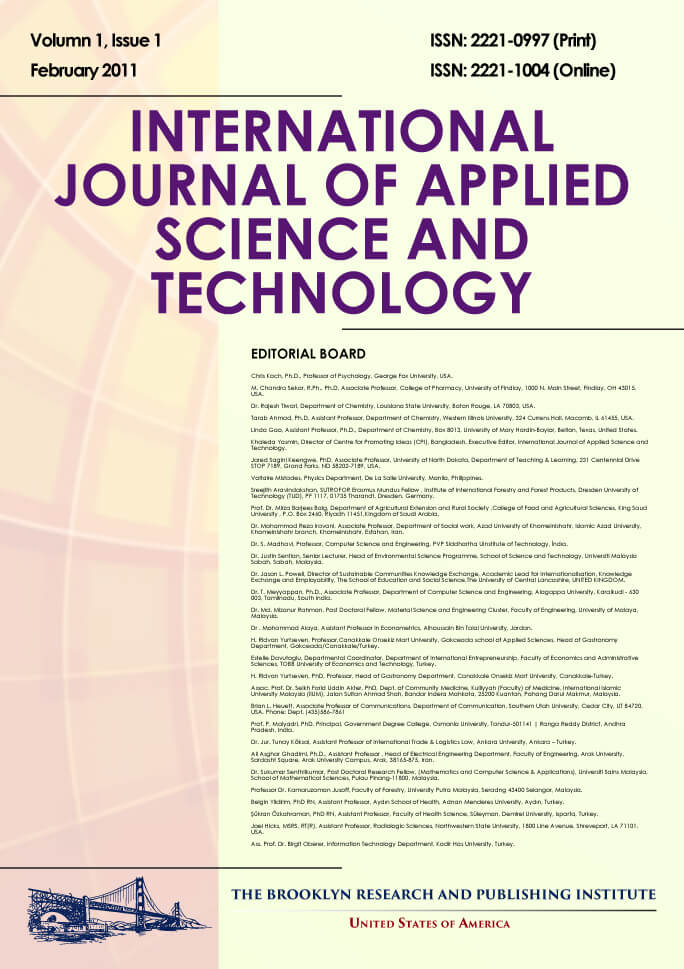Circular Economy in the Fashion Industry. Perspectives on a Swiss Fashion Company
Abstract The textile and fashion industry are significant contributors to environmental degradation, accounting for approximately 20% of global water pollution, as well as substantial carbon emissions. The rapid expansion of fast fashion has intensified environmental issues by reinforcing a linear consumption model. In response, the adoption of circular economy strategies has emerged as a critical approach to reduce reliance on virgin resources and mitigate environmental effects. This study examines the implementation of circular strategies using NIKIN, a Swiss fashion company, as a case study. The research aimed to investigate how sustainability and profitability can be balanced, how supply chains can adapt to circular models, and the role of consumer behavior in facilitating this transition. A mixed-method approach combining a literature review and case analysis was used to explore these questions. The findings reveal that a circular cashback model, supported by innovative biodegradable materials, offers a viable strategy for achieving circularity in fashion. The strategy integrates recycling with financial incentives, attracting diverse consumer groups while reducing environmental impact. The early market introduction provides competitive advantages, yet significant challenges remain. These include designing products for recyclability, overcoming material properties that complicate manufacturing, addressing high process costs, managing emissions from logistics, and resolving legal uncertainties. Additionally, limited infrastructure for material production and recycling exacerbates these challenges.Email: [email protected] Dr. Inda Sukati, Universitas Putera Batam, Indonesia; ORCID iD: https://orcid.org/0000-0003-4568-1471.
Email: [email protected]
[email protected]
Note: Citation statistics will only be available once the article is indexed in Google Scholar.



